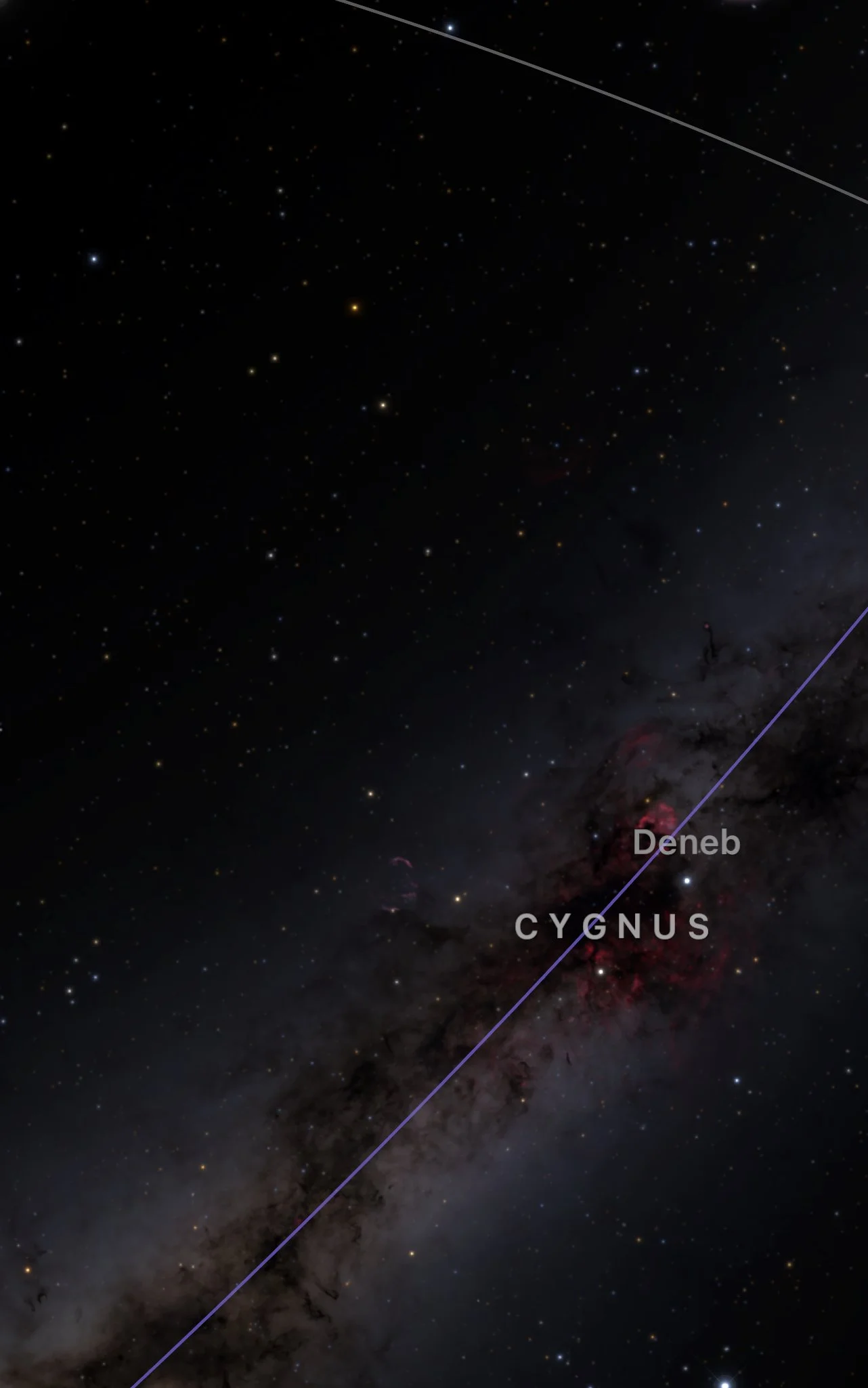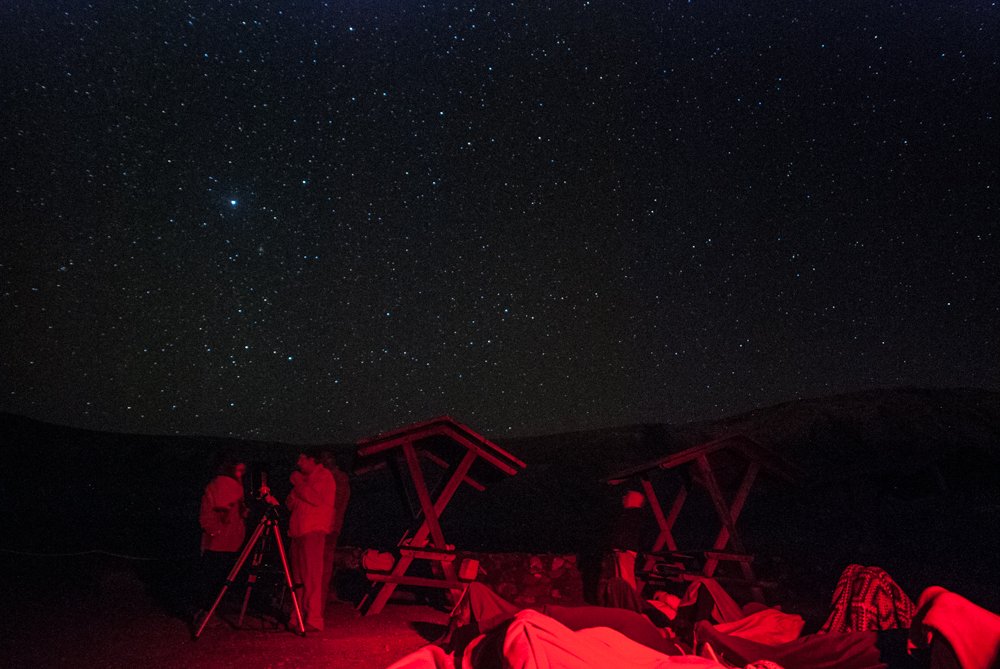....The Moon, reaching her full phase on day 3rd, enlightens the first nights of December, inviting unforgettable walks through the dunes or along the shoreline of the sea; however, if you would like to enjoy the best observing moments of our satellite - with her incredible craters and mountains - it is recommendable to wait for the next cycle, beginning in the last week of this month.
An important date around the middle of December uses to be the maximum of the Geminids, the most reliable shooting star shower of the last years. With up to 120 meteors per hour expected during the nights of the 13th and 14th. A good suggestion is to dedicate a few hours to the observation of this fantastic phenomenon from a dark spot, if the meteorology is favorable. A beautiful opportunity to admire also some typical winter constellations which are rising from the eastern horizon, as the unmistakable Orion, rich in celestial treasures such as its famous nebula - the closest star nursery - or the brilliant Gemini, with its fantastic open cluster.
Clear skies to everybody! ..
La Luna, que llega a su plenitud el día 3, ilumina las primera noches de diciembre, invitando a inolvidables paseos por las dunas o a orillas del mar; en cambio, para gozar de los mejores momentos de observación de nuestro satélite -con su increíbles cráteres y montañas- es recomendable esperar hasta la siguiente fase creciente, que se da en la última semana del mes.
Un cita importante a mediados de diciembre es sin duda la fecha del máximo de las Gemínidas, la lluvia de estrellas más fiable en estos últimos años. Con hasta 120 meteoros por hora en las noches del 13 y del 14, vale la pena sin duda dedicar algunas horas a la observación de este fantástico fenómeno celeste desde un sitio oscuro, esperando que la meteorología acompañe. Aprovecharemos de paso para admirar las constelaciones del invierno que ya se alzan desde el horizonte Este, como el inconfundible Orión, rico en tesoros celestes como su famosa nebulosa -el más cercano criadero de estrellas- o el brillante Gémini, con su riquísimo cúmulo abierto.
¡Cielos despejados para todo! ....




